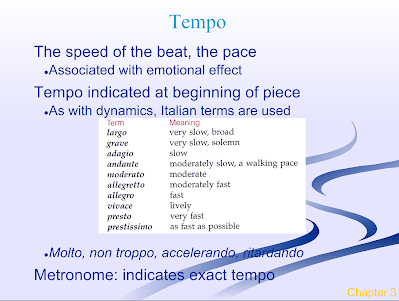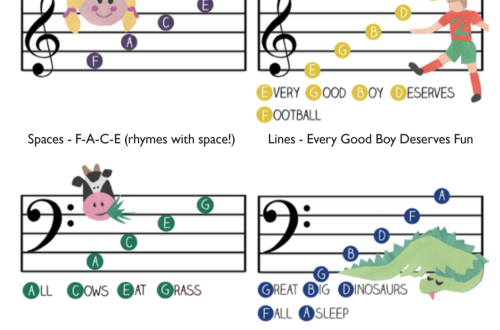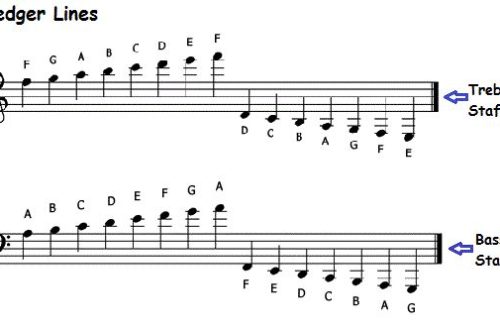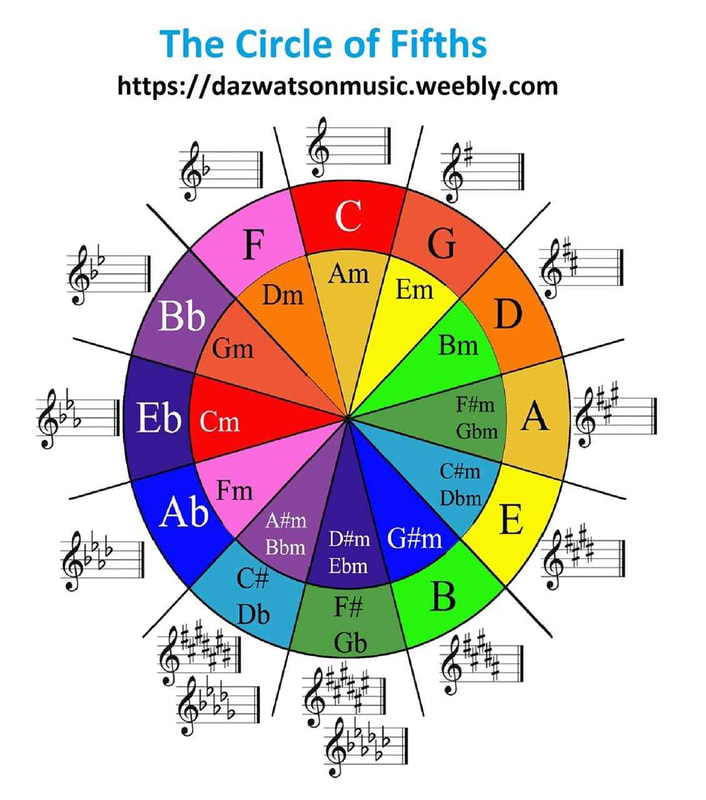
Quarto-fifth circle of keys
Contents
A quarto-fifth circle of keys or simply a circle of fifths is a scheme for convenient and quick memorization of all keys and key signs in them.
At the top of the circle of fifths is the key of C major; clockwise – sharp keys, the tonics of which are located in perfect fifths up from the tonic of the original C major; counterclockwise – a circle of flat keys, also located in pure fifths, but only down.
At the same time, when moving around the circle of fifths clockwise with each new key, the number of sharps gradually increases (from one to seven), while moving counterclockwise, respectively, from one key to another, the number of flats increases (also from one to seven).
How many keys are there in music?
In music, mainly 30 keys are used, of which one half is major and the other half is minor. Major and minor keys form pairs according to the principle of coincidence in them of the key signs of alteration – sharps and flats. Keys with the same signs are called parallel. In total, therefore, there are 15 pairs of parallel keys.
Of the 30 keys, two do not have signs – these are C major and A minor. 14 keys have sharps (from one to seven in the order of sharps FA DO SOL RELA MI SI), of these 14 keys, seven will be major, and seven, respectively, minor. Another 14 keys have flats (similarly, from one to seven, but only in the order of flats C MI LA RE SOL DO FA), of which there are also seven major and seven minor.

A table of all keys used by musicians in practice, along with their signs, can be downloaded HERE, printed and used as a cheat sheet.
Explanation: How is a circle of fifths formed?
The fifth in this scheme is the most important interval. Why a pure fifth? Because the fifth is physically (acoustically) the most natural way to move from one sound to another, and this simple interval was born by nature itself.
So, sharp keys are arranged in pure fifths up. The first fifth is built from the note “to”, that is, from the tonic of C major, a pure key without signs. The fifth from “do” is “do-sol”. This means that the note “G” becomes the tonic of the next key in the circle of fifths, it will be the key of G major and it will have one sign – F-sharp.
We build the next fifth already from the sound “sol” – “sol-re”, the resulting sound “re” is the tonic of the next tonality of the fifth circle – the tonic of the D major scale, in which there are two signs – two sharps (fa and do). With each built fifth, we will receive new sharp keys, and the number of sharps will increase more and more until it reaches seven (until all steps are raised).
Thus, if we build fifths, starting from “to”, then we get the following series of keys: G major (1 sharp), D major (2 sharps), A major (3 sharps), E major (4 sharps), B major (5 sharps), F sharp major (6 sharps), C sharp major (7 sharps). A number of recorded tonics turned out to be so wide in scope that one has to start recording it in the bass clef and finish it in the treble clef.

The order in which the sharps are added is: FA, DO, SOL, RE, LA, MI, SI. The sharps are also separated from each other by the interval of a perfect fifth. This is related to this. Each new sharp appears on the seventh degree of the scale, we talked about this in the article “How to remember signs in keys”. Correspondingly, if the tonics of new keys are constantly moving away by a perfect fifth, then their seventh steps are also moving away from each other by exactly a perfect fifth.

Flat major keys are arranged in pure fifths down from to”. Similarly, with each new key there is an increase in the number of flats in the scale. The range of flat keys is as follows: F major (one flat), B flat major (2 flats), E flat major (3 flats), A flat major (4 flats), D flat major (5 flats), G flat major (6 flats ) and C-flat major (7 flats).

The order of appearance of flats: SI, MI, LA, RE, SALT, DO, FA. Flats, like sharps, are added in fifths, only down. Moreover, the order of flats is the same as the order of keys of the flat branch of the circle of fourths, starting from B-flat major.

Well, now, finally, we will present the whole circle of keys, in which, for the sake of completeness, we will also add parallel minors for all majors.
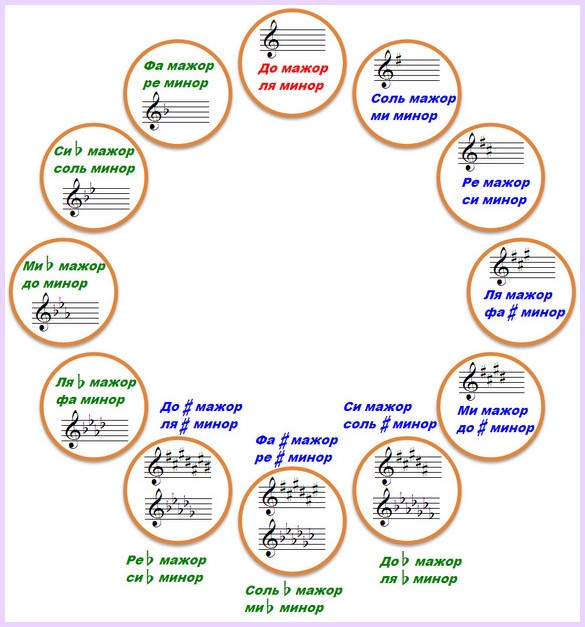
By the way, the circle of fifths cannot be strictly called a circle, it is rather a kind of spiral, since at a certain stage some tonalities intersect due to coincidence in pitch. In addition, the circle of fifths is not closed, it can be continued with new, more complex keys with double accidentals – double sharps and double flats (such keys are rarely used in music). We will talk about matching tonalities separately, but a little later.
Where did the name “quarto-quint circle” come from?
So far, we have considered movement in a circle only in fifths and have never mentioned fourths. So why are they here? Why does the full name of the scheme sound exactly like the “quarto-quint circle”?
The fact is that the fourth is the reversal of the interval of the fifth. And the same range of tonalities of the circle can be obtained if you move not in fifths, but in fourths.
For example, sharp keys can be arranged not by perfect fifths up, but by pure fourths down. You get the same row:

Flat keys can be arranged not by pure fifths down, but by pure fourths up. And again the result will be the same:

Enharmonic equal keys
Enharmonism in music is the coincidence of elements in sound, but their difference in name, spelling or designation. Enharmonic equals can be simple notes: for example, C-sharp and D-flat. Anharmonicity is also characteristic of intervals or chords. In this case, we will be dealing with enharmonic equal keys, respectively, the scale scales of these keys will also coincide in sound.
As we have already noted, such tonality coinciding in sound appears at the intersection of the sharp and flat branches of the circle of fifths. These are keys with a large number of characters – with five, six or seven sharps or flats.
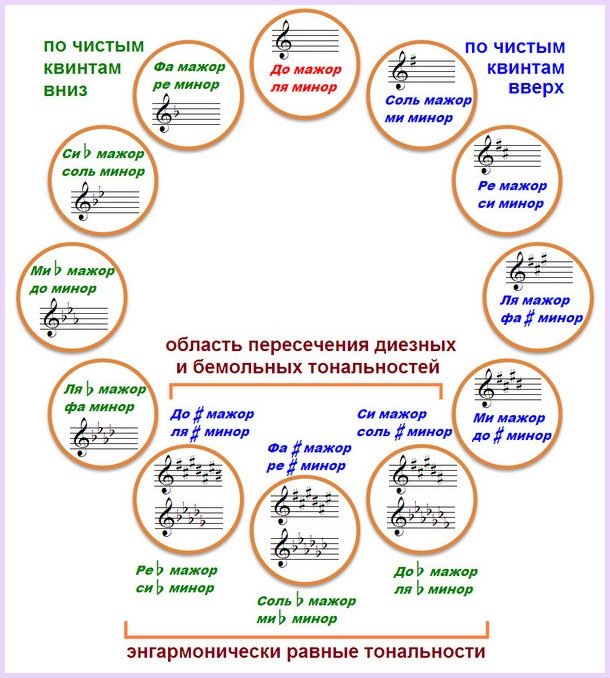
The following keys are enharmonic equal:
- B major (5 sharps) and C flat major (7 flats)
- Parallel to the named G-sharp minor (5 sharps) and A-flat minor (7 flats);
- F-sharp major (6 sharps) and G-flat major (6 flats);
- Parallel to them, D-sharp minor and E-flat minor with the same number of signs;
- C-sharp major (7 sharps) and D-flat major (5 flats);
- Parallel to these structures are A-sharp minor (also 7 sharps) and B-flat minor (5 flats).
How to use the fifth circle of keys?
First, the the circle of fifths can be used as a convenient cheat sheet for learning all the keys and their signs.
Second, the by the circle of fifths, one can easily determine the difference in signs between the two keys. To do this, simply count the sectors from the original key to the one with which we are comparing.
For example, between G major and E major, the difference is three sectors, and, therefore, three decimal places. Between C major and A-flat major there is a difference of 4 flats.
The difference in signs is most clearly shown by the circle of fifths, divided into sectors. In order for the image of a circle to be compact, the keys in it can be written using a letter designation:
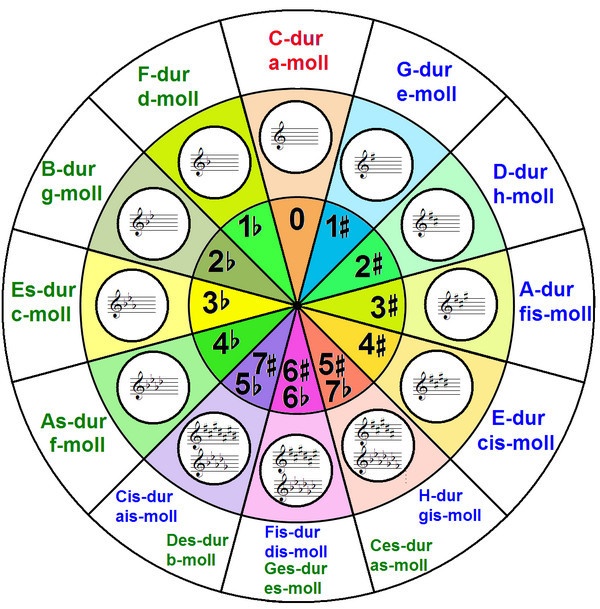
Finally, the в-третьих, in a circle of fifths, you can instantly establish the “closest relatives” of one or another key, that is determine the tonalities of the first degree of kinship. They are in the same sector as the original key (parallel) and adjacent on each side.
For example, for G major, E minor (in the same sector), as well as C major and A minor (neighboring sector on the left), D major and B minor (neighboring sector on the right) will be considered such related keys.
We will return to a more detailed study of related keys in the future, and then we will learn all the ways and secrets of their search.
A little about the history of the circle of fifths
No one knows exactly when and by whom the circle of fifths was invented. But early descriptions of a similar system are contained in the manuscript of the distant 1679 – in the work “Music Grammar” by Nikolai Diletsky. His book was intended to teach church singers. He calls the circle of major scales the “wheel of cheerful music”, and the circle of minor scales – the wheel of “sad music”. Musikia – this word is translated as “music” from Slavic.
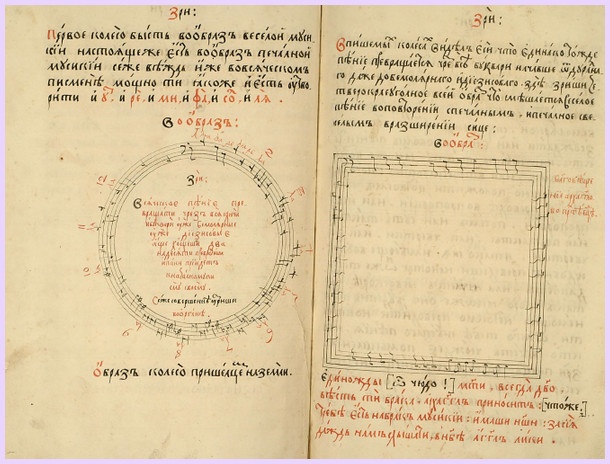
Now, of course, this work is of interest mainly as a historical and cultural monument, the theoretical treatise itself no longer meets the requirements of modernity. However, it can be said that since then, the circle of fifths has become entrenched in teaching practice and has entered almost all well-known Russian textbooks on music theory.
Dear friends! If questions on the topic of the circle of fifths have not yet exhausted themselves, then be sure to write them in the comments to this article. In parting, we invite you to listen to some good music. Let it be today the famous romance by Mikhail Ivanovich Glinka “The Lark” (verses by the poet Nikolai Kukolnik). Singer – Victoria Ivanova.



